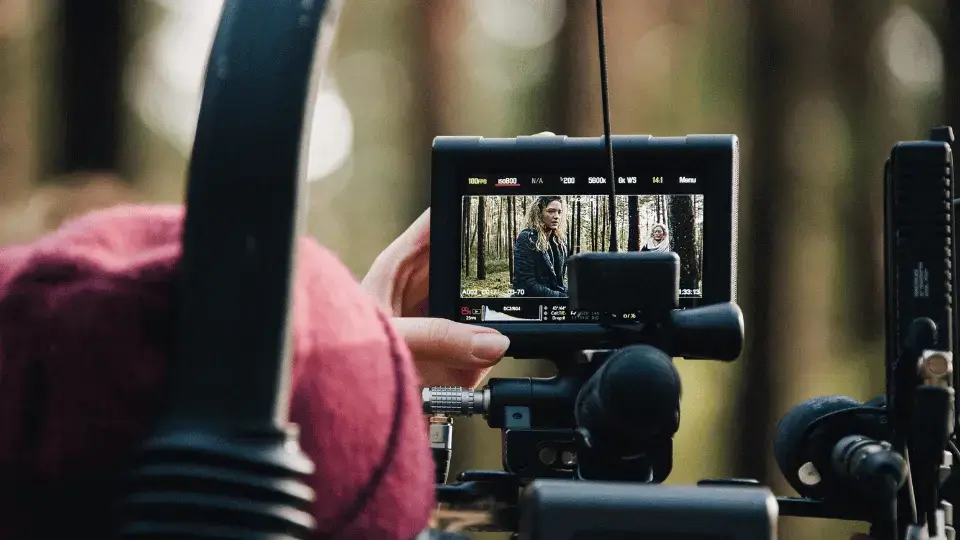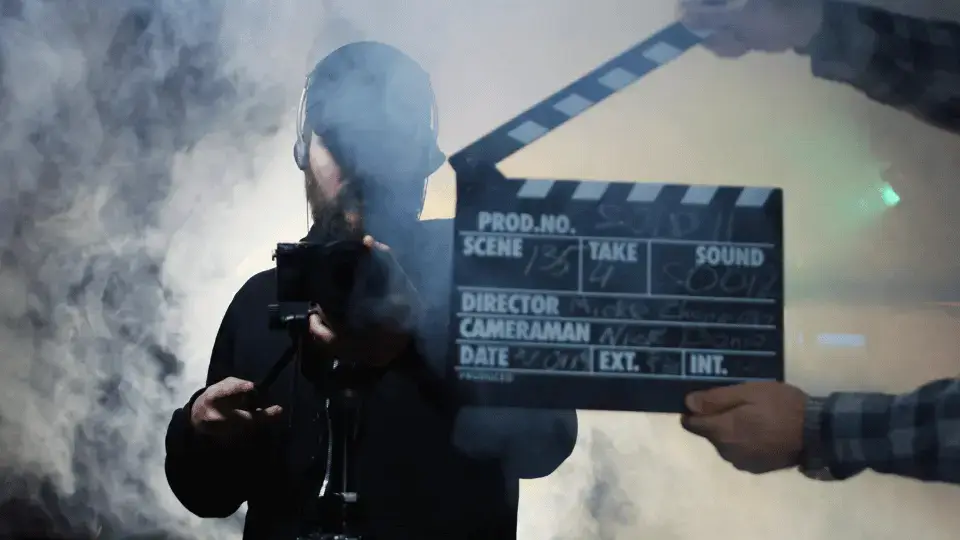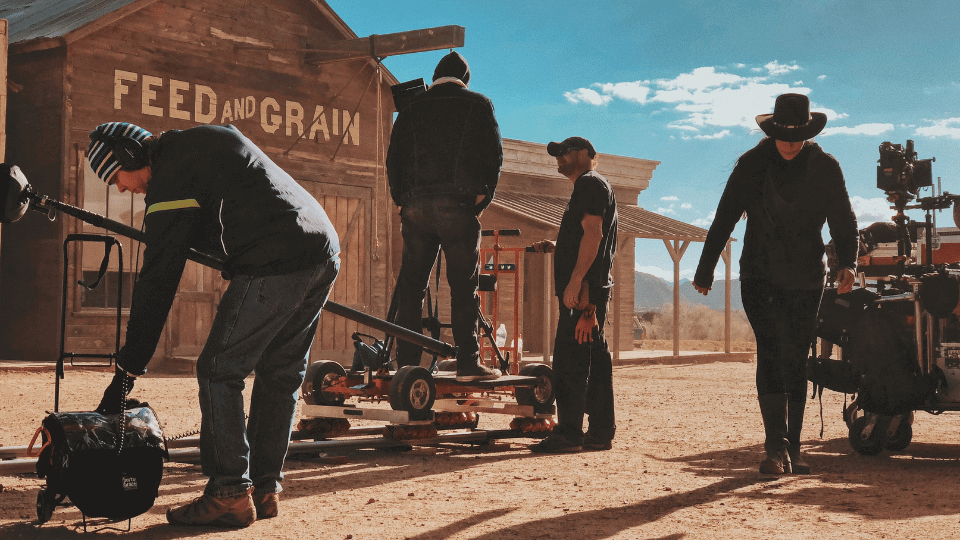Unlocking the Secret Guide of Film Interpretation
Unlocking the Secrets of Film Interpretation: A comprehensive guide exploring the importance of film analysis, various film techniques, and effective interpretation methods. Gain insight into the director’s visual storytelling and enhance your understanding of movies.







